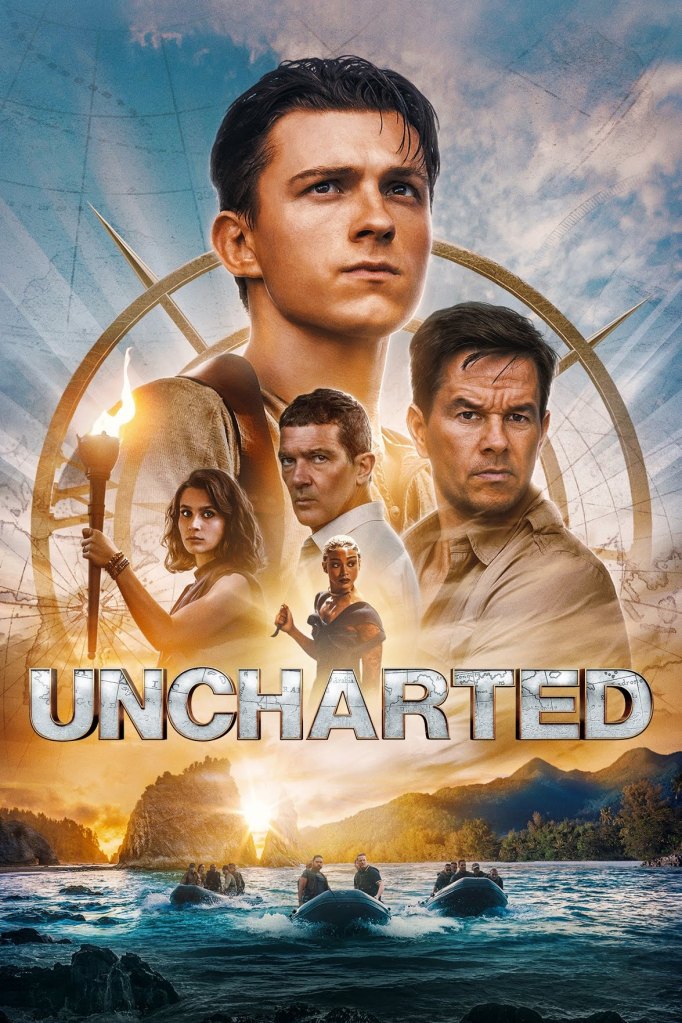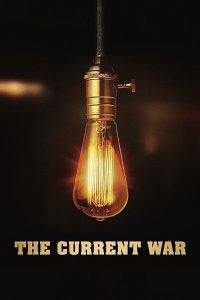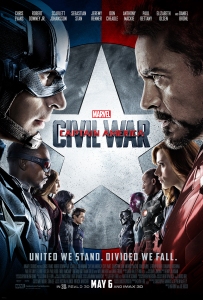 You are going to catch feels! Disney-Pixar’s Onward is a powerful animated motion picture that will take you on an exciting and emotionally charged journey. There is such a tremendous beauty in the simple storytelling that explores familial relationships through the conduit of a fantastical quest. Onward reminds me of a classic Spielberg-like coming-of-age action-adventure movie with heart. Interestingly, I am reminded of many DreamWorks movies, including How to Train Your Dragon, in the overall look of the movie. It’s almost as if Pixar saw what DreamWorks was doing right, and in a very Apple way, set out to do it better. Onward is what you get when you take the visual design and themes of DreamWorks movies and pair them with a quintessential Pixar story. Much like Coco provided us with a compelling story that would forever change how we view family tradition and history, this movie explores the relationship between brothers on their quest to bring their dad back from the dead for one day. In a day and age in which relationships between brothers or sons and fathers seem to be largely absent from themes in movies, this is a refreshing look at these relationships in a positive, healthy light. While this is an animated motion picture, it is every bit pure cinema as a live-action counterpart. The great Cecil B. DeMille stated, “the greatest art in the world is the art of storytelling,” and Onward is a great story for the whole family! You will encounter joy and warmth in the plot and characters as you set forward and press onward in your adventure along with Ian and Barley. Unlike a typical action-adventure movie, this one does take a little while to get up to speed. But once that second act kicks into gear, you will experience a thrilling good time that will have you laughing and crying in true Pixar fashion.
You are going to catch feels! Disney-Pixar’s Onward is a powerful animated motion picture that will take you on an exciting and emotionally charged journey. There is such a tremendous beauty in the simple storytelling that explores familial relationships through the conduit of a fantastical quest. Onward reminds me of a classic Spielberg-like coming-of-age action-adventure movie with heart. Interestingly, I am reminded of many DreamWorks movies, including How to Train Your Dragon, in the overall look of the movie. It’s almost as if Pixar saw what DreamWorks was doing right, and in a very Apple way, set out to do it better. Onward is what you get when you take the visual design and themes of DreamWorks movies and pair them with a quintessential Pixar story. Much like Coco provided us with a compelling story that would forever change how we view family tradition and history, this movie explores the relationship between brothers on their quest to bring their dad back from the dead for one day. In a day and age in which relationships between brothers or sons and fathers seem to be largely absent from themes in movies, this is a refreshing look at these relationships in a positive, healthy light. While this is an animated motion picture, it is every bit pure cinema as a live-action counterpart. The great Cecil B. DeMille stated, “the greatest art in the world is the art of storytelling,” and Onward is a great story for the whole family! You will encounter joy and warmth in the plot and characters as you set forward and press onward in your adventure along with Ian and Barley. Unlike a typical action-adventure movie, this one does take a little while to get up to speed. But once that second act kicks into gear, you will experience a thrilling good time that will have you laughing and crying in true Pixar fashion.
Two teenage elf brothers, Ian (Tom Holland) and Barley (Chris Pratt) Lightfoot, go on a journey to discover if there is still a little magic left out there, after receiving a mysterious gift from their mother on Ian’s birthday, in order to spend one last day with their father, who died when Barley was little and before Ian was born (IMDb).
Not your usual fantasy movie! While Onward starts out with a voiceover narration providing exposition against the backdrop of a fantastical world of elves, wizards, mythological creatures and more, the prologue lays out the historical piping to provide important context for the modern story that is about to unfold. We are told that the world was once full of magic, but over time, the industrial revolution and invention of technology took the place of magic. Eventually the world simply forgot about its very existence. I love this setup, because it’s a mirror of our own world in which technology has radically altered how we interact with the world around us and even each other. When we rewrite or forget the past, it has a profound impact upon our present and future. I appreciate how this film highlights the importance of not forgetting the past, not forgetting where we came from. Looking to the past, even recent past, can help to shift our focus from ourselves to others. Sometimes we can even find a whole new appreciation of the present by stepping back and realizing the indirect meaning behind actions that have impacted our growth and development. One can even read this as a commentary on art versus commercialization. For the sake of cost and simplicity, much that was once crafted is now churned out on an assembly line. We forget the importance of personal investment of time and energy into everyday elements. Perhaps we can even liken this to film versus digital. Many different ways of reading this analogy!
I often comment in my screenwriting class at the University of Tampa that some of the best movies out there have simple plots and complex characters. For a visualization of what that looks like, think of that little black dress or classic black suit that lives in many of our closets. Those simple outfits can be accessorized in so many different ways to make a lasting statement or impression. There is a beauty in the simplicity. Same with the story in Onward. At its core, this movie is about a quest to find the long lost Phoenix stone in order to bring Ian and Barley’s dad back to life for one day. But along the way, our two central characters encounter conflict after conflict that reveals to us the various layers of our characters. We learn so much about their history, goals, needs, and more in how they each uniquely respond to the same obstacles. Lasting conflict can often be achieved by giving two characters the same goal, but they each have vastly different methods for achieving the goal. This concept is played out over and over again throughout the movie, and it works incredibly well! I also appreciate this movie for just how funny it is! Honestly, this is probably one of Pixar’s funniest movies in a long time! All the action and emotional elements of the Onward are superbly satisfying and work completely in sync, just like all the section of a symphony playing in perfect harmony!
Each and every obstacle that creates conflict between our two brothers moves the story forward; never once do we reach a point in the plot in which we are spinning our figurative wheels. Representing a microcosm of a larger plot structure, each and every scene in a movie is made up of a setup, conflict, and resolution. And the resolution (be it negative or positive) points to the next scene, and the following scene does the very same. Every scene is a piece of the track that points to the end of the movie. With a tight script, Onward is consistently moving us forward to the showdown and realization of this movie. What makes the conflict we witness in the movie all the more relatable is just how common, everyday much of it is. We may be in a world of fantasy, but the problems experienced by the brothers are the same as the ones we experience in real life. Most of us with siblings don’t always get along–certainly in our growing up years, it can be that way–but this movie is a testament to the importance of connecting and appreciating our siblings for what they teach us and how they impact our lives even when we don’t realize it. For those whom may have lost a parent, often times, you can find your parent in the life of your sibling and vice versa. Loving parents leave a legacy in their children.
Visually, the movie is stunning! I love just how “not” Pixar it looks. Ever since Pixar started striving for quasi photorealism, I’ve not been as impressed with the animation. For example, I prefer the look of Toy Story 3 to Toy Story 4. The production design and animation in Onward reminds me of much of what DreamWorks has produced over the years in terms of themes and design. Perhaps DreamWorks will see Onward and think to themselves, “gee, they took a page from our playbook and did it better.” The plot is tighter, the comedy is better developed, and the characters more fleshed out. Essentially, this movie indirectly highlights what is missing in many DreamWorks movies, and that is stronger screenplays. Onward delivers an animation design that is rich with everything that you want to see in a world of fantasy! So many fantastical creatures that feel right at home within their world. And this world feels incredibly believable. In many ways, it looks just like our world in which the modern can be right up next to the ancient, where sometimes historical buildings are at risk for being torn down to make way for something new. Looking across the landscape, you will be delighted at the attention paid to effective world building and the little things that make such a difference.
Don’t think of this as Pixar’s throwaway movie, as some have, this is an outstanding animated motion picture that delivers an engaging adventure paired with an emotional roller coaster that will have you laughing and crying.
Ryan teaches screenwriting at the University of Tampa. If you like this article, check out the others and FOLLOW this blog! Interested in Ryan making a guest appearance on your podcast or contributing to your website? Send him a DM on Twitter or email him at RLTerry1@gmail.com! If you’re ever in the Tampa area, feel free to catch a movie with him!
Follow him!
Twitter: RLTerry1
Instagram: RL_Terry





